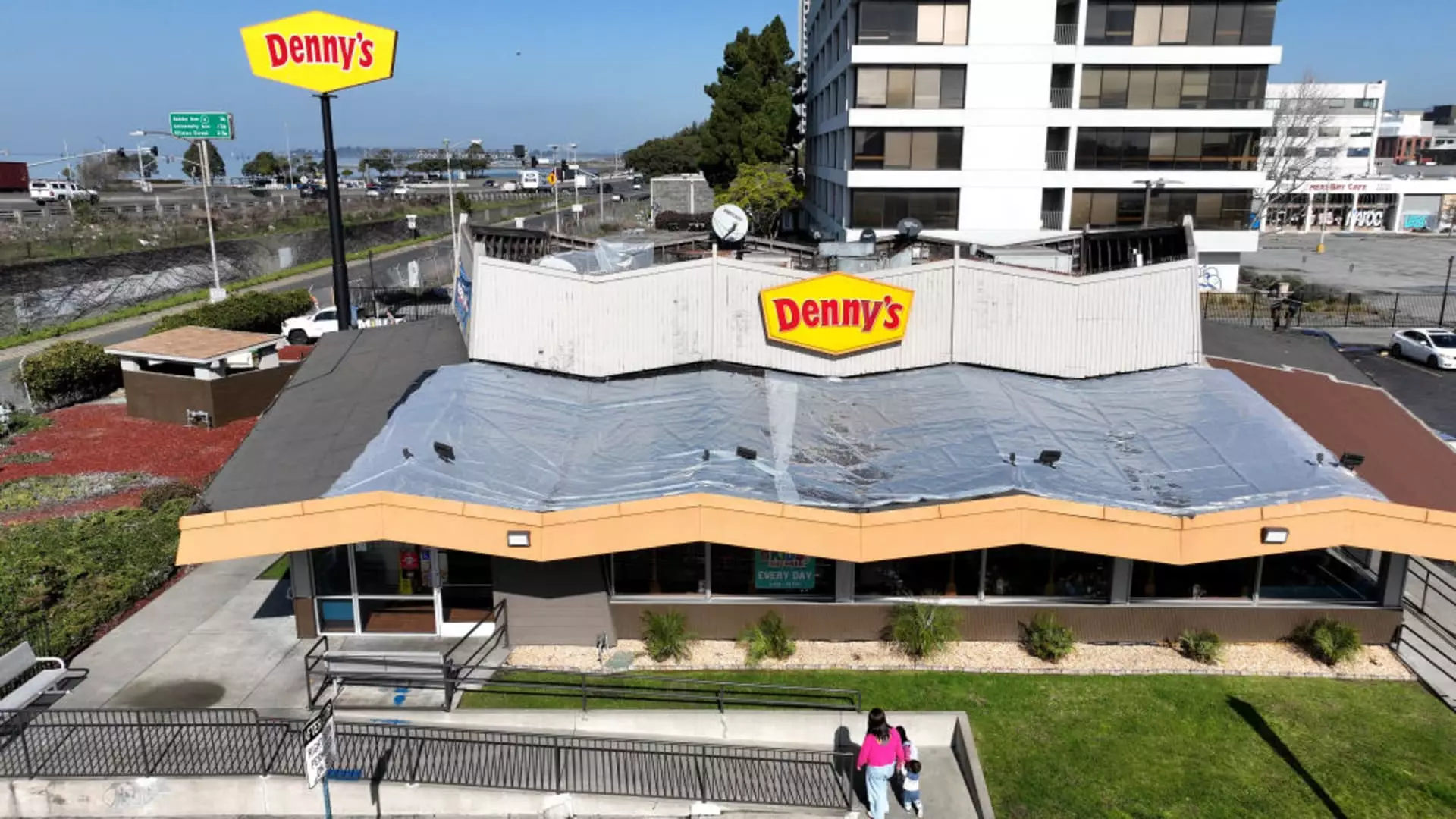The restaurant industry faced a tumultuous year in 2024, characterized by widespread closures and financial strife. This downturn can largely be attributed to inflation, which prompted consumers to reevaluate their spending habits, particularly in the realm of dining out. As people became more budget-conscious, restaurant visits in the United States dipped, with industry analytics firm Black Box Intelligence reporting a significant decline over the first ten months of the year. This behavioral shift not only affected dining frequency but also pressured many establishments to scale back operations significantly.
The fallout from diminished consumer spending has been severe, leading to an increase in bankruptcies across the sector. In 2024, 26 restaurant companies opted for Chapter 11 bankruptcy protection, a staggering nearly threefold increase compared to the 2020 pandemic peak. This surge reflects deeper systemic issues predating recent inflationary pressures, particularly the struggles faced by casual-dining chains. Once dominant in the market, these chains find themselves contending with changing consumer preferences that lean towards the convenience and perceived quality of fast-casual dining options. The likes of Chipotle and Sweetgreen have altered the dining landscape, forcing traditional sit-down restaurants to reassess their strategies in an evolving marketplace.
In this challenging climate, several high-profile brands announced significant closures in an attempt to streamline their operations. Wendy’s, for instance, revealed plans to close 140 locations by the end of 2024, adding to the 80 closures previously executed within the year. Company executives emphasized the importance of shedding underperforming restaurants that generated annual revenue around $1 million in order to enhance overall brand performance. Interestingly, despite the closures, Wendy’s maintains expectations of stabilizing its restaurant count through new openings, reflecting a more strategic approach to site management.
Similarly, Dine Brands, the parent company of Applebee’s and IHOP, disclosed intentions to shutter between 25 and 35 Applebee’s restaurants, with a notable trend of declining same-store sales persisting for six consecutive quarters. This decision to close shops comes as part of the company’s ongoing struggle; since 2016, Dine Brands has consistently closed more locations than it has opened, revealing a critical need for transformation in the casual dining narrative.
Denny’s, another renowned diner chain, similarly announced plans to close 50 locations in 2024, with a further 100 slated for closure by the close of 2025. Highlighting the impact of its operational decision-making, executives indicated that these closures involve less profitable units that rank among the bottom-tier performers. The chain anticipates improved same-store sales following the adjustments, aiming to rejuvenate its market presence while still preserving approximately 1,300 locations nationally.
Among the most dramatic developments in 2024 was TGI Fridays’ move to file for Chapter 11 bankruptcy protection, a decision that followed a series of closures amounting to 86 establishments. Before this filing, the chain had already reduced its footprint dramatically, raising concerns about future viability. A bankruptcy court intervention will ultimately shape TGI Fridays’ path forward, which could involve additional closures as restructuring takes shape.
Red Lobster’s decline serves as another good example. The seafood stalwart closed over 120 restaurants in 2024, reflecting an urgent pivot following its Chapter 11 proceedings earlier in the year. Even after an ownership change, the company has made it clear that a commitment to closure has been integral to its recovery strategy. Meanwhile, fast-casual chain Noodles & Company also announced the closure of around 20 locations in an effort to rebound from internal challenges, coinciding with an overhaul of its menu to better align with market preferences.
The entirety of this landscape paints a sobering picture for the restaurant industry as it grapples with the realities of decreased consumer spending, inflation, and changing preferences. Companies like Bloomin’ Brands, which owns famed establishments like Outback Steakhouse, have initiated closures of 41 locations to optimize their operational footprint. With numerous chains reevaluating their position, the industry is at a crossroads: adaptability and strategic pruning may provide pathways toward recovery.
As the restaurant sector continues to navigate these complexities, the coming years will be critical. Strategies that prioritize innovation and consumer engagement will likely delineate which brands succeed amid adversity and which are left to fade in the shadows of an ever-evolving marketplace.

Leave a Reply